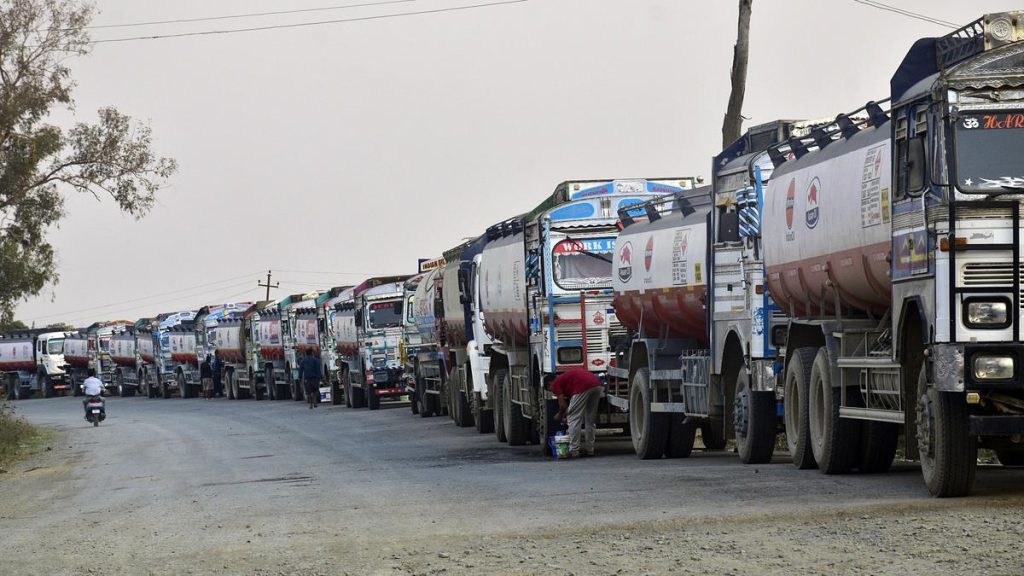Now Reading: Flood Alert in Srinagar as Jhelum Overflows; Evacuation Advisory Issued
-
01
Flood Alert in Srinagar as Jhelum Overflows; Evacuation Advisory Issued
Flood Alert in Srinagar as Jhelum Overflows; Evacuation Advisory Issued
Fast Summary
- Several areas in Budgam district, Jammu and Kashmir, were flooded as water overflowed from the Jhelum River following heavy rains.
- Authorities issued an evacuation advisory for low-lying areas in Srinagar district, including Lasjan, soiteng, Nowgam, Vyethpora, Golpora, Padshahibagh, and Mehjoornagar.
- Relief centres have been established for evacuated residents; nodal officers have been appointed to manage these centres.
- local announcements through masjids and community leaders are being made to inform residents of evacuation measures.
- Though water levels began receding downstream along the Jhelum River on September 4 morning (6:00 a.m.), the river still flows above the danger mark at Sangam (south Kashmir) and Ram Munshi Bagh (Srinagar).
Indian Opinion Analysis
The flooding caused by an overflowing Jhelum River highlights ongoing vulnerabilities in disaster management infrastructure in parts of Jammu and Kashmir.While evacuation measures appear swift-including advisories through local networks and relief centre setups-the breach near Shalina raises questions about preventive steps. The overall response is commendable but demonstrates a recurring need for better predictive systems to minimize critical breaches during such weather events.
This situation also emphasizes risks stemming from extreme weather events which are becoming increasingly frequent due to climate change. Recurring floods not only disrupt daily life but impact livelihoods dependent on agriculture or small businesses throughout affected regions like srinagar.Resolving these challenges requires continuous investment in both early warning systems and resilient infrastructure capable of enduring rising annual rainfall.
Read More: Link























